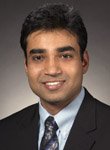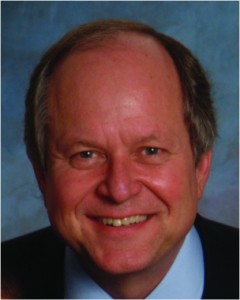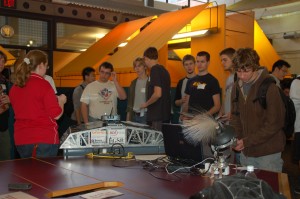Event: Novel Magnetic Materials for Energy Efficiency and Energy Management
Speaker: Laura Lewis, Cabot Professor and Chair of Chemical Engineering, Northeastern University
Date: September 16, 2011
Time: 1:10 p.m.
Location: 3043 ECpE Building Addition
Abstract: It is widely acknowledged that meeting the global energy challenge requires a multipronged approach incorporating elements that range from promoting clean alternative fuels to managing market adoption of new technologies. Two key aspects of this challenge are developing energy efficiency in a variety of sectors and greatly expanding renewable energy options, including energy harvesting. While there are many energy harvesting/energy management devices on the market today, plenty of room remains for innovation and performance improvement through the development of new magnetic materials. In particular, smart networks with sensing and harvesting capabilities for energy management may be optimized by the development of novel magnetic materials with “extreme” responses to external inputs, such as strain and temperature. Correspondingly, the vision of harnessing renewable energy resources such as wind and wave power is enabled by ultra-strong permanent magnets. However, these materials are currently experiencing strategic supply chain issues, driving innovation in new materials design.
Within this context of the global energy challenge, recent work at Northeastern University on novel magnetic materials systems will be reviewed. In particular, results on the equiatomic magnetostructural compound FeRh, in thin-film and nanostructured form, are presented. Additionally, new data and interpretations of the behavior of high-anisotropy exchange-biased systems based on transition metals will be discussed.
*Acknowledgements: This work is supported by a linked grant through the materials world network scheme by the National Science Foundation under Grant No. DMR-0908767 and the UK Engineering and Physical Sciences Research Council, Grant No. EP/G065640/1. Support from the Office of Naval Research and the Department of Energy under BES Award DE-FG02-10ER46711 is also gratefully acknowledged.
Speaker biography: Laura H. Lewis is Cabot Professor and Chair of the Chemical Engineering Department at Northeastern University, where she heads a Department of fourteen instructors with expertise in advanced materials and the biosciences. Prior to her current position she was a research group leader and Associate Department Chair in the Nanoscience Department of Brookhaven National Laboratory, a U.S. Department of Energy Laboratory devoted to research in the physical, biomedical, and environmental sciences, as well as in energy technologies. She was also the Deputy Director of the BNL Center for Functional Nanomaterials, a DOE national user facility to provide researchers with state-of-the-art capabilities to fabricate and study nanoscale materials.
Lewis received her Ph.D. in Materials Science in 1993 from the University of Texas at Austin for study on coupled magnetostructural phase transitions in transition-metal chalcogenides and pnictides. She holds a M.S. degree in Electronic Materials from M.I.T. and a B.S. degree in Physics and Earth Sciences from the University of California at San Diego. Her current research interests focus on elucidating the materials factors, both intrinsic and extrinsic, that provide functionality to nanostructured magnetic materials. Current research interests include multifunctional magnetic materials for energy applications such as magnetocaloric, magnetoelastic and magnetoelectric materials. In service to the magnetism community, she has served on a number of national and international advisory and organizing committees. She is the Conference Editor of the IEEE Transactions on Magnetics and is an active member of the American Physical Society and the IEEE Magnetic Society, as well as a member of the Materials Research Society (MRS), the American Institute of Chemical Engineers (AIChE) and the American Society for Engineering Education (ASEE). To date she has authored over 120 peer-reviewed publications, delivered 46 invited talks and holds two granted and two provisional U.S. patents. She is currently the PI or co-PI on research grants from NSF, Department of Defense and Department of Energy that total over $ 5 million.



